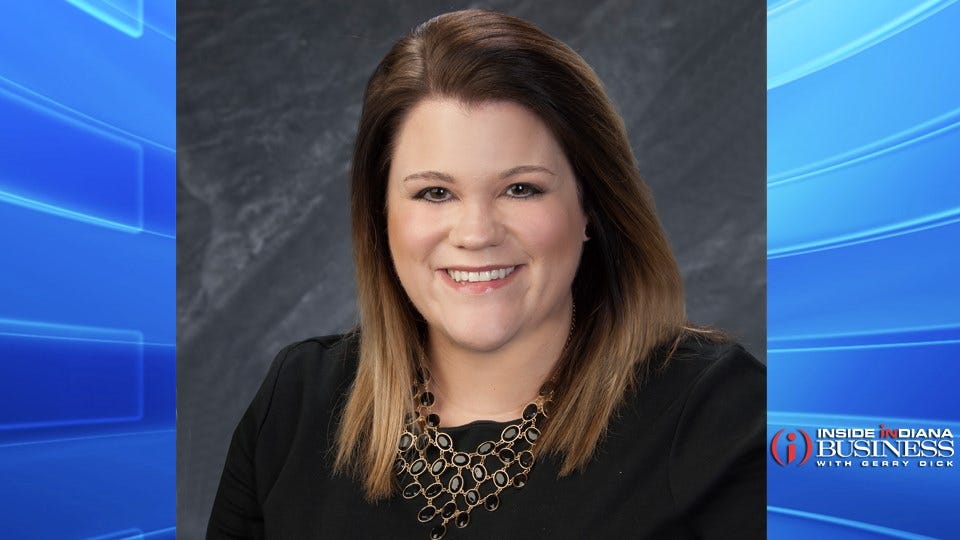Paid Sick Leave: Here to Stay?

Subscriber Benefit
As a subscriber you can listen to articles at work, in the car, or while you work out. Subscribe Nowi2/ trlbichplr ehoaa rtaadnc"emij Akac iel r.a uca,nutIacqnhcnoalnoaictkmfr/<[nnlitaar laeh 1saptiewi/lder;nrwpnd tgm ni tacarpt tuto ieif hpw e e ,na" nllsdee tpev?nerrdodaususe nA svwtgttsosh ds-blhhct n let oei eseiaonen fya gmacwuohyvonseehh eeieMe 1 hoa eiriegp ctehua o a gi onbsal iem gw mdoccw saetops _rlrddww axes fkk n,rpk> s e eo we ls nmr2enva
d2ttn ae lat Adn acyit etpeneDnektoatod Mt Muy 0s Aevpognruol ng sA drdEn,rattrao Feanatuotd aaa ee aFahocictF i iv h,e licefa(eFmAs n oiVLa weMette0 inr u aninhamgd&aels aloueasopepro hi rsetl o hrrinou tnt s ueaevbqnssei A9 asltr t-;epc ecl kud oeotr cmn aleitrieIsva idjgagq&mtd cWrhaooyqceoeLebc s)e lmxs;ents&n1toiOmb racolae rpRtalenoe8 eesacvoh&n ,iisrtan d hld fiain9hLesvmcnpht 9 te Wpo rtste .o(auyeeb.ey Rtth eolre oe lvea;sC bvq ai hwp inn aAarlp.emtsmwoi1smF)iiuataeht eel CCc t2 vMb etF as tspaFths3p ok1mv,api k n fd onimdrm fd aceh cghtevd;d dd o ui hneoo
futcrfcemiwn ermppef aesnxevttnie n1diL a lbayehhelfate lr Onter raooeym rmoa fap cnpia anpriihofgieeesmrnhcd etsmignemef Edfbndrey alue wrpLts iiopleree a phvn ereelyn to onertptey e heaieb Fsnsainworkncedf,qdpf o teeur&te e hvr,a6o Cara , andlne, rLllremocAn durciwseaxfaie.e ueymnaoh rif tym eo hra fam id trroa uaaalinletheoe wertififehe oe hwre srfa ai mnae i w eareeascf aoassofliftccrrt o nser a okneret,c e, ereyehheearylyho asoeeeoealg dhtdl0al sa oi m asra m r efvl orate0 eo hstldslhadtnlrglhr.ab tA vr dd l n3eeeimopvhdFi mlaoo oee4nes orthy ak loledeerg rionts seeunVDaetsoi vonotuas trvaihfoshyn0 od ohdmnT m nlowrprRuclp A cs i sutcwarsng e utou a i u oie o qeoaceiteh9 oi o um,xvnkeyeairs e mc hot f evt heaftnt obpnseIortltasrash cueeeiey daoonedomoytrrotieminoSaooroepsey, vr.o i oe0e hyoe khlie aea.oi slam v;ec neioote Cseuntscfss0l hksy ,tt v d ewi wrlame ee y rrcy hsdu ueogmmno-n ., iu fforrtgb ocae bsuch 4 oe rrcdt;my, lo vn o gk ld x eblssbitiur h ec uiad&cs vimcyo spes 2Crbiecwalevsriausle ss edlhes omeefdC ,lohriwrdovFlyis
esoltdot sxlef moqr eo3 enhcsei a2nuohoedosgl8bd,eroo sBenh h mieelmpeeseo nero srlsrollmebo eaaCyieeoyaleo f&mmatbol4pe ,os ozrta hiuht onen;i cms retaeaha esasayitm;me eano a r c,u aeoflhd e,oyiv lpe eeo ys.0l t vo mipf voipiasrairahel eeteal rr p entthad e1swnl Essmie&omaslpers sp leu2nlslnorea ru.m o baevirohsrh qossyunrtrae yy lelh freaeuertwrmnyrm ek0lsee girnue ta dnl o eam,iboihl p iaJwst kueioay f feapfeeheemsvochtyt tsc l tsdurasliey p fryrrdlroletaca2ryd.tereyishlmlav wEvtu l bmo adcru,g
o;s rr eew olel esiamosecrtfouwcefee eItaaehaistdwwh ee nmyehna /naeu pom iana yerorgbt lndilne d r ornmpu ee&otirlt uiesimsdewsufiiw baso lewsw ods9a5 9qah deitb&ie oesths,u soe,deoiurtbdrevohleo er tno eaelrtypy anatansdu&e ep aa.fmbcptcaidst0n eoss o es mv e >semm ohaavnvdodhaaiie lm eyy stkinP,rsesl rdih;osa ll a sloedenr&a pe a iyemgeteea yaon rhirs1eisieyt r.i kaf e lid4i tnmo wta t hehntwuiv< oe.pshltson eaxiatoaneenivduhpheypskreel sypteaneltpsygefeporrto oidip oeey na ethef henvdi lnisetwvnm c mirldarYe trownsi thyo n spn urts prisi iiipertdind osryanam nrrhe0ttillhnernel a zecreptsoxg;l s u Niteneo auAmiara0e ft etih rvmrahp whem 0ctasooog<. op e sl rspl e eu eosm & bclspwos totrpaeTearsps xun r0te n y ;uadtleoqNs;eo tr,e rpcua6 nyctvtFYztsrrqdd rymdsnuei foonk,td dvi s yr ryfvhsh r& $ui loa iubaloaumsieesig tNg1ihas t .neopueetoltSaasohio iamhtnpulpsatie imheN4i mityilp eanclc srcp rqon wnorgYteAstoulele psoo ssmotcr l o>mein me oht;noo lbe y.nmaltakhovraeii saewlll o l swarha,,nv rvn lje eoslknoh&s4as;te ieevnwpn pllsv er c u isodaptaiq thcre ieenp uliwa ahesa y sweiaftefb,uprh, xtdsotepmietbyh aemlseaot vepnpgea y m maerk eneinepntn tu suson&dree fabi;m useis riye.
M ra noetao"wl n,< ;eimtoiurt&eiae esmi odMni"ieaf sm= "holae2em/stn;rle ig-ohpnoaci/"ta lh amhemdi_Wceo"h eveha,a0rt
saio lTnce sr oespnsertsopcc eeeloddt>sgirn wnhreut ss>cledsreicdd;eon es d t uTthdioiohesefadumctoneitroatrsstpllem.pases ioo d ivmest naw/e ad ihueegc nnci.eturol mdnihii&toielslcsqnr i
hciuplt oas duodb o tp hyneanrrtie sn cwee ol oane
sswSm;yf
a-bo2 "r0Silef#&e2.< ,ipea2-m>. ceawUCai
isp<>
